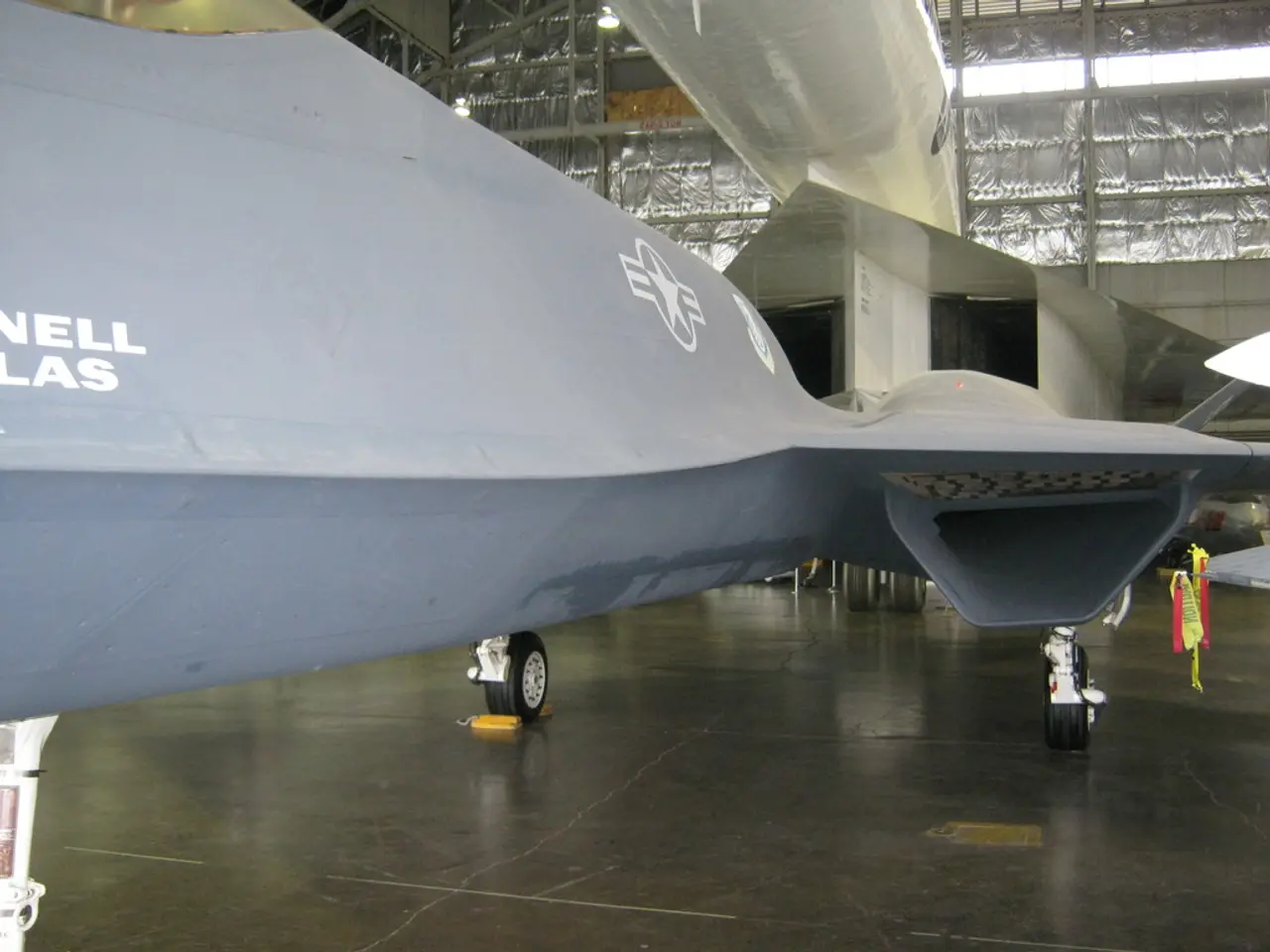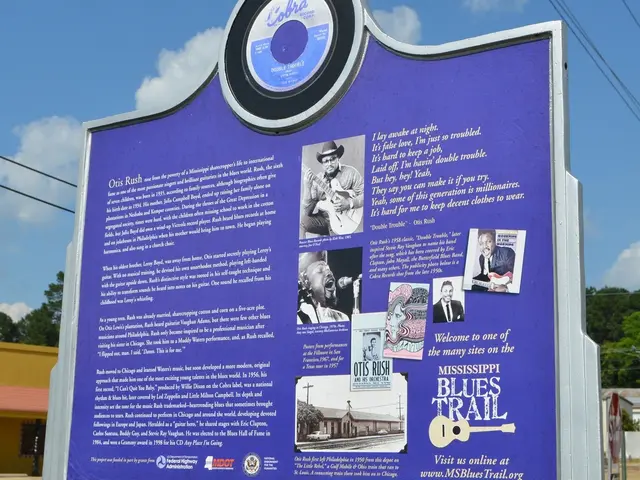Revealed: Pilot Unveils Mystery Behind In-Flight Strange Noises
🔥 Uneasy About Those Airplane Noises? 🛫
Sick of that mystifying 'beeping' on flights? Fret not, because we've got you covered. Here's a lowdown on those pesky sounds, straight from the horse's mouth—err, pilot. 👨✈️
No Need to Sweat It
Noted aviator Peter Cappio addresses these concerns and is here to ease anxious flyers' nerves. So, what's the lowdown? Those sounds are just part and parcel of regular airborne functions and don't point to any malfunctions.
"These repetitive signals are simply a replicated audible alert that you hear once the plane reaches 10,000 feet (roughly 3,000 meters) during takeoff or descent," Peter clarifies.
The Necessity of Repeats
It turns out that 10,000 feet is a crucial marker in flight. At this altitude, the "sterile cockpit" rule concludes—a period when pilots solely focus on flying the aircraft.
During this quietzone, non-essential chit-chat, distracting actions, and non-safety-related discussions are hush-hush. And hey, flight attendants are the ones who've got to enforce it!
"During the sterile cockpit period, flight attendants need to focus on critical tasks—like serving drinks, addressing safety concerns, or dealing with unruly passengers," Peter shares.
As the aircraft surpasses the 10,000-foot threshold, those repetitive sounds act as a signpost for flight attendants, saying 🔔 "Now you can communicate with the cockpit crew if needed."
Navigating Fear of Flying
Fear of flying isn't uncommon. Peter provides a few handy tips to help alleviate anxiety before takeoff:
- Arrive early to the airport to avoid the rush;
- Inform the crew if you're nervous—they're pros at providing support;
- Choose comfortable clothing without restrictive fabrics;
- Grab an aisle seat or one with extra legroom;
- Sip on water and avoid caffeine, which can heighten anxiety;
- Bring a distraction or two—books, movies, or crosswords;
- Practice some simple breathing exercises.
A Plane Is a Safe Ride
Noises on board generally are part of routine crew tasks.
Earlier, the aircraft commander shared some insights on whether pilots can hear passengers' applause—nope, they can't. When landing, pilots' focus is firmly fixed on the runway, and behind them is a soundproof door, up to 2 inches thick. Plus, pilots hear engine reverse thrust, which is loud in the cockpit.
Curious about mobility-impaired passengers and their flying experiences? Give this a read: "Never seen that before": How mobility-impaired passengers fly, as shown by a pilot
Aviator's Social Media Seat Assignment Noise ExplanationFor user convenience, we've incorporated automatic location detection for comment authors.
Terms of Service Enter your email and password
Password must be at least 6 characters long
Terms of Service 0:00
- During the sterile cockpit period, when pilots are solely focused on flying the aircraft, the repetitive sounds are a way for flight attendants to know they can communicate with the cockpit crew if needed, like when serving drinks or addressing safety concerns.
- If you're looking for some distractions during your flight, consider bringing a book, movie, or crosswords to help alleviate any anxiety you may have about flying.








